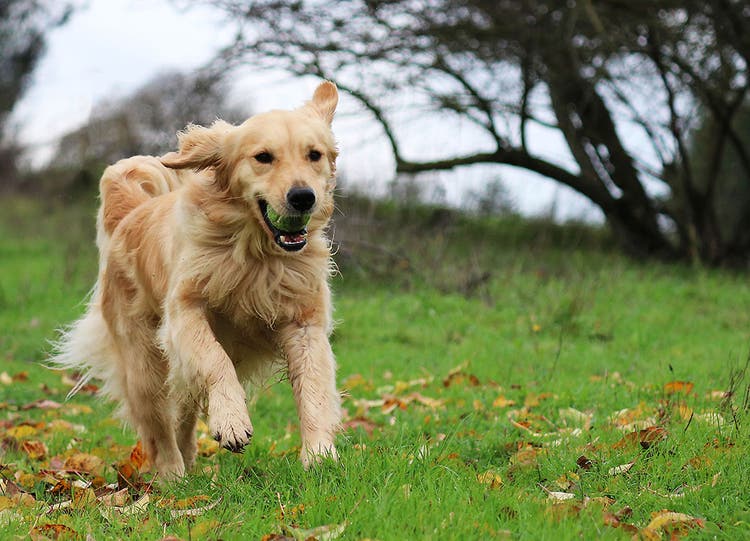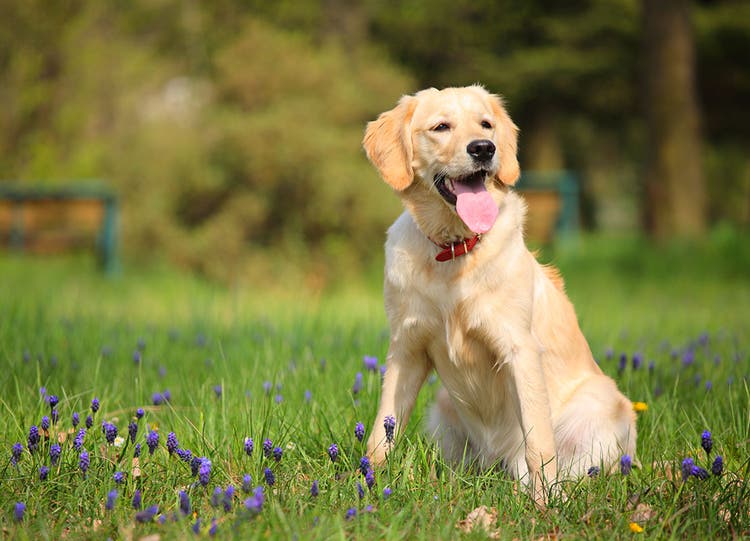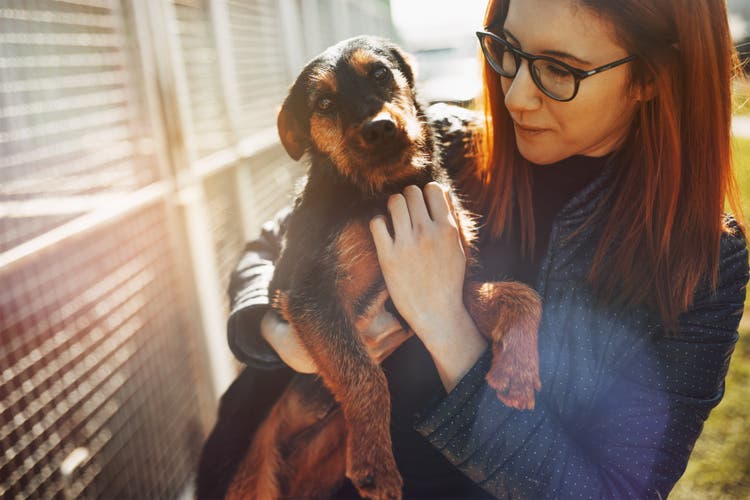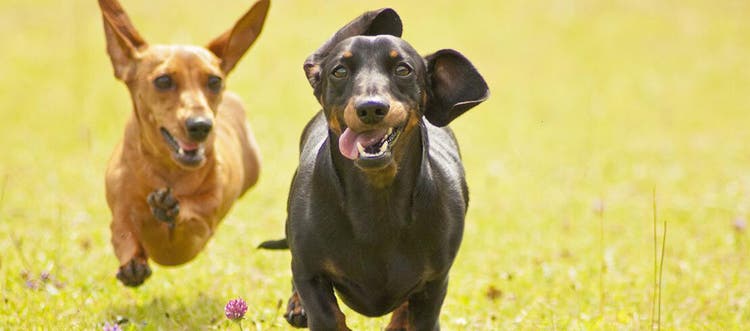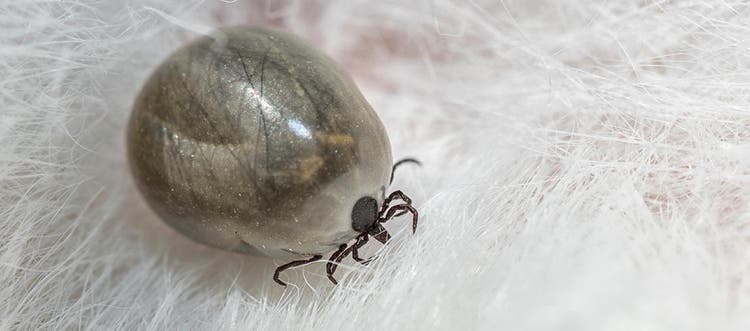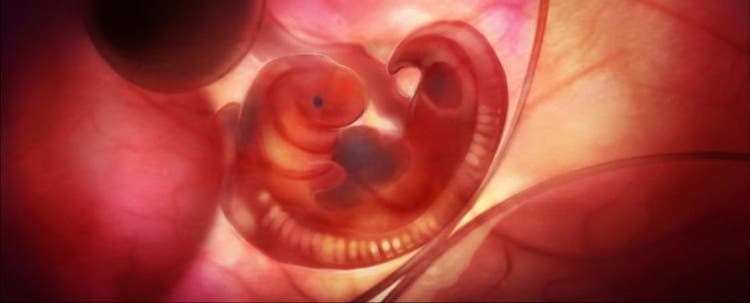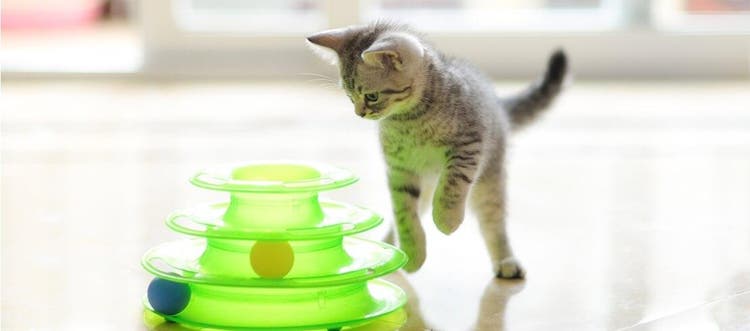While drooling in dogs is common, cats are much less likely to have problems with excess saliva. Learn what can cause cat drooling and what it could mean for your cat’s health.
In most cases, a little drool from your cat is nothing to worry about, particularly if they have exhibited this behaviour their entire life. Some cats drool if they are happy or particularly nervous. Indeed, if your cat is drooling while purring, it’s a sign that they are relaxed and content.
But at other times, excessive drooling can be a signal that something is wrong with your cat. If your cat’s drooling is sudden or abnormal, take them to their veterinarian to get checked out.
Four concerning reasons your cat may be drooling
1. Mouth disease and tooth decay
Mouth disease or tooth decay are common causes of cat drooling. The buildup of tartar can rub against the inside of your cat’s mouth, causing excess saliva. To check for this, gently pull back your cat’s lip and take a look at their teeth. If the teeth have a stony texture or are brown, or if their gums are red or bleeding, you should get them checked by your veterinarian. Your cat may require treatment that may include a scale and polish or even an extraction.
2. Foreign objects in your cat’s mouth
While you’re checking your cat’s teeth, look for anything that might be stuck in their mouth. Check around their teeth and the back of their mouth for a small object that may be causing discomfort, such as a piece of string. Some plants can be toxic and cause drooling and a host of other symptoms, so make sure your cat hasn’t been eating something they should stay away from. A visit to your veterinarian might be necessary to remove a foreign object if you cannot remove it easily.
3. Heatstroke
Heatstroke is another cause of drooling in cats, particularly in the summer. This condition is not as common in cats as in other animals, but if your cat has been out in the sun for several hours without drinking water, they could develop heatstroke.
Heatstroke can be extremely dangerous. On very hot days make your cat has plenty of fresh, clean water, and try to keep your cat indoors in a cool place.
Other signs of heatstroke can include:
- Restless behaviour
- Rapid pulse and breathing
- Red tongue
- Vomiting
- Lethargy
If you suspect your cat may be suffering from heatstroke, take them to the veterinarian as soon as possible. Heatstroke can prove fatal if not treated rapidly.
4. Anxiety and nausea
Drooling can also be a sign of anxiety or nausea, which can be caused by something minor, like an upset stomach or something more worrisome, like intestinal disease. If your cat’s drooling continues for more than a couple of minutes or is becoming a regular occurrence, you should consult your veterinarian.
